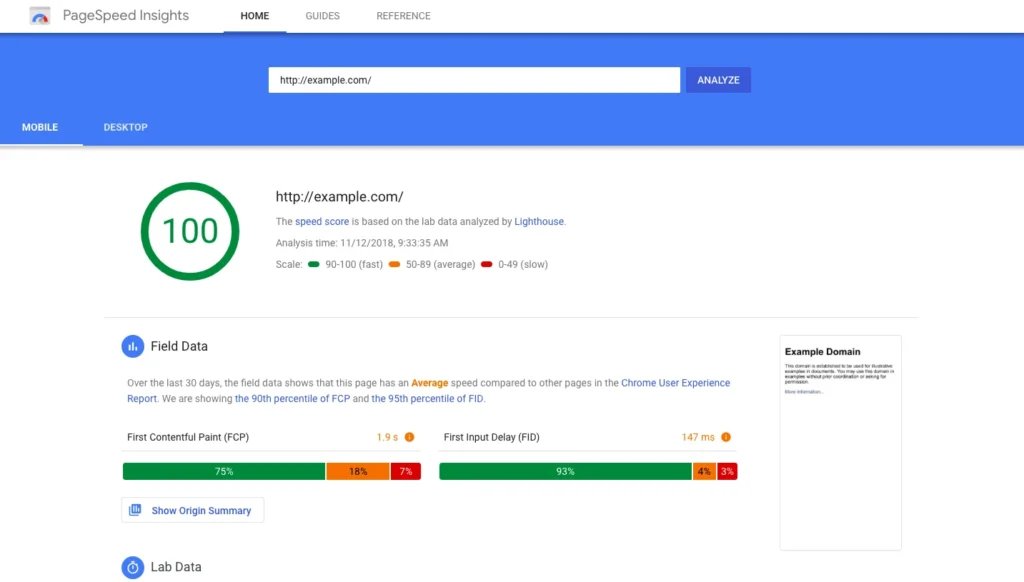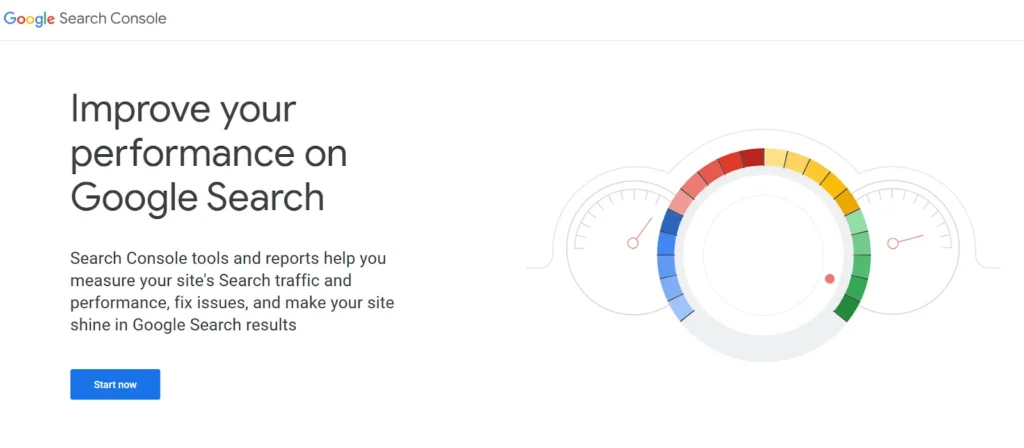If you want higher conversion on your B2B company’s website, targeting long-tail keywords and niche markets is imperative. SEO is your biggest tool for pinpointing your target.
In the competitive world of B2B marketing, SEO is an essential tool for gaining visibility and driving targeted traffic.
While many companies focus on broad, high-volume keywords, there’s a growing opportunity in long-tail keywords and niche markets.
For B2B companies, optimizing for long-tail keywords (specific, lower-traffic search terms) can unlock higher conversion rates and more qualified leads.
These keywords often target users who are further along in their buyer’s journey and looking for precise solutions. Thus, they are ideal for B2B businesses seeking to attract decision-makers and influencers.
In this blog, we’ll explore how B2B companies can leverage long-tail keywords and target niche markets to enhance their SEO strategy.
Table of Contents
Understanding Long-Tail Keywords and Niche Markets for B2B Companies
In a moment, we’ll dive into the strategies for optimizing long-tail keywords. But before that, it’s important to understand what they are and how they align with B2B marketing goals.
Long-tail keywords are search phrases that are longer and more specific than generic keywords.
For example, instead of targeting a broad term like “CRM software,” a long-tail keyword might be “best CRM software for small B2B companies.”
These longer phrases tend to have a lower search volume but attract highly targeted, intent-driven users. These are people who are closer to making a purchasing decision.

For B2B companies, long-tail keywords are essential for reaching niche markets. A niche market is a specialized segment of a larger market with unique needs and demands.
By identifying and targeting niche markets, B2B companies can tailor their marketing efforts to a specific audience with a higher likelihood of conversion.
Combining long-tail keywords with niche market targeting lets B2B companies rank for less competitive terms that are also more relevant to their ideal customers.
This approach not only improves visibility but also ensures that the traffic they attract is highly qualified.
Whether it’s “enterprise cloud solutions for healthcare” or “B2B logistics management software for retail,” these specific search terms drive targeted traffic that converts into leads and customers.
The Role of Long-Tail Keywords in B2B SEO
Long-tail keywords play a pivotal role in enhancing B2B SEO strategies. Unlike broad search terms, these specific phrases address the unique needs of users who are deeper in the buyer’s journey and closer to making a purchasing decision.
Long-tail keywords can effectively capture this intent-driven audience. They offer B2B companies the chance to rank for queries that align directly with their solutions.
One of the primary reasons long-tail keywords are so valuable in B2B SEO is their ability to attract highly targeted traffic.
While broader keywords may bring in a large volume of visitors, many of those visitors may not be ready to convert.
Long-tail keywords, however, speak to users who are searching for solutions to particular problems, which means they’re more likely to be further along in their decision-making process.
For example, “customizable project management software for remote teams” is a more specific keyword than simply “project management software,” and it targets a user with a clear intent.
In addition, long-tail keywords often face less competition than their broader counterparts. This gives B2B companies the opportunity to rank higher for these terms, even with a relatively new or less authoritative website.
Ranking for multiple long-tail keywords within a niche market can drive significant organic traffic, improve brand visibility, and ultimately lead to higher conversion rates.
Lastly, long-tail keywords help improve user experience by offering more relevant content. When your content aligns closely with a searcher’s query, it not only boosts SEO but also-
- Provides value
- Builds trust and,
- Encourages users to engage with your brand
Tailoring Content for Long-Tail Keywords and Niche Markets
Content creation is key when optimizing for long-tail keywords and niche markets. Tailoring your content to specific long-tail keywords helps you rank for those terms. It also ensures that your content meets the needs of your niche audience.
Creating highly relevant and targeted content positions your B2B brand as a trusted resource, improving both search rankings and customer engagement.
Understanding Your Audience
To tailor content effectively, you must deeply understand your target audience in the niche market you’re targeting.
- What specific challenges do they face?
- What solutions are they actively seeking?
Content that speaks directly to these needs is more likely to resonate with your audience and perform well in search engines.
Creating Topic-Specific Blog Posts and Landing Pages
One way to create relevant content is to write blog posts, articles, and landing pages specifically designed around long-tail keywords.
For instance, if your B2B business offers software for digital marketing agencies, you could create content around long-tail keywords like-
- “digital marketing agency software for small businesses” or
- “automation tools for digital marketing agencies”
Building Comprehensive Guides or Case Studies
Long-tail keywords often indicate a user’s desire for in-depth answers.
By creating detailed guides, case studies, and how-to articles focused on specific problems, you provide valuable resources that align with what your audience is searching for.
This builds trust and establishes your brand as an authority in the niche.
Leveraging Technical SEO to Improve Visibility for Long-Tail Keywords
While content is crucial for targeting long-tail keywords, technical SEO plays an equally important role in ensuring your website is optimized to rank for these keywords and serve your niche market effectively.
Technical SEO refers to the backend elements of your website that impact its performance in search engines, such as site structure, load speed, and mobile optimization.
Optimizing Site Structure and Navigation
A clear and logical website structure helps both users and search engines find relevant content. When targeting long-tail keywords, it’s essential to create a user-friendly URL structure that reflects your keywords.
For example, a product page for “cloud-based CRM for healthcare companies” should include this phrase in its URL.

Additionally, implementing clear internal linking helps search engines discover related content. It boosts your chances of ranking for a variety of long-tail keywords within your niche market.
Mobile Optimization
Since a large percentage of searches are conducted on mobile devices, optimizing for mobile is non-negotiable.
Google prioritizes mobile-first indexing, meaning it looks at the mobile version of your website first when determining rankings.
A mobile-friendly design that ensures easy navigation, quick load times, and clear content presentation enhances both SEO and user experience.
Improving Page Speed
Website load speed is a critical factor for user experience and SEO. Slow-loading pages can result in higher bounce rates, which negatively affect rankings.
Using tools like Google PageSpeed Insights to monitor and improve load times ensures that your site performs well for both mobile and desktop users.
It can also keep visitors engaged with your content that is targeting long-tail keywords.

Building Backlinks for Long-Tail Keyword Rankings
Backlinks are a crucial element of SEO that signals authority and trustworthiness to search engines.
When focusing on long-tail keywords, acquiring quality backlinks can significantly improve rankings and drive more qualified traffic to your B2B website.
Backlinks from authoritative websites within your niche increase the credibility of your content, helping it rank higher for long-tail keywords.
Focusing on Niche-Relevant Backlinks
To enhance long-tail keyword rankings, prioritize backlinks from websites within your specific industry or niche.
These backlinks are more likely to be seen as valuable by search engines, strengthening your website’s overall SEO profile.
To earn these highly relevant backlinks-
- Participate in guest blogging
- Collaborate with influencers in your sector or
- Contribute to industry forums and online publications
Creating Link-Worthy Content
Another effective way to build backlinks is by producing exceptional content that others in your industry will want to reference.
Detailed case studies, comprehensive guides, or unique research reports make your content more shareable and linkable.
Offering resources like downloadable whitepapers or eBooks can also encourage backlinks, as they provide tangible value to other businesses in your niche.
Leveraging Relationships for Backlinks
Building relationships within your niche market can also lead to natural backlink opportunities.
- Engaging with industry leaders
- Joining in online discussions and,
- Attending niche events
-can help foster connections that lead to valuable backlinks.
Tracking and Measuring the Success of Long-Tail Keyword Optimization
Once you’ve optimized your website for long-tail keywords, it’s important to track and measure the success of these efforts.
Effective tracking helps refine your SEO strategy and provides insight into what’s driving the best performance for your B2B business.
Using Analytics Tools
Tools like Google Analytics and Google Search Console are essential for monitoring the success of long-tail keyword optimization.

Google Analytics allows you to track organic traffic, while Google Search Console gives you valuable data on the performance of specific keywords.
Both platforms can provide insights into the search queries that are bringing users to your site.
Monitoring Keyword Rankings
Using keyword-tracking tools like SEMrush, Ahrefs, or Moz allows you to track your rankings for specific long-tail keywords over time.

By monitoring keyword positions, you can identify improvements or declines and adjust your strategy accordingly.
Look for long-tail keywords that are driving traffic but might need further optimization to boost rankings.
Measuring Conversions and Engagement
The ultimate goal of optimizing for long-tail keywords is to convert visitors into customers.
Measuring conversion rates and engagement metrics like-
- Bounce rate
- Average session duration and,
- Pages per session
-can help you assess how well your long-tail keyword content aligns with user intent.
These metrics provide a clear view of how your optimization efforts are affecting business outcomes.
Conclusion
Optimizing for long-tail keywords and targeting niche markets offers significant benefits for B2B companies.
Tailoring content, leveraging technical SEO, building relevant backlinks, and tracking performance are all crucial steps in optimizing for long-tail keywords.
As B2B companies continue to refine their SEO strategies, long-tail keyword optimization remains a powerful tool for driving sustained growth.


